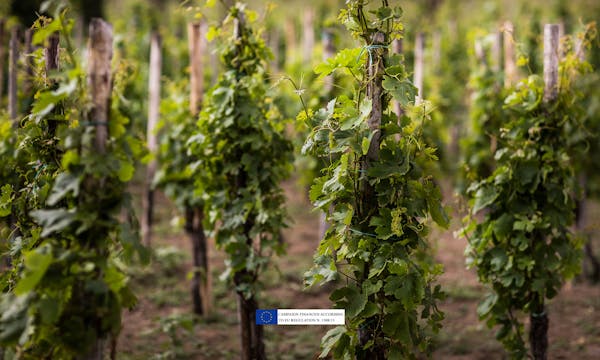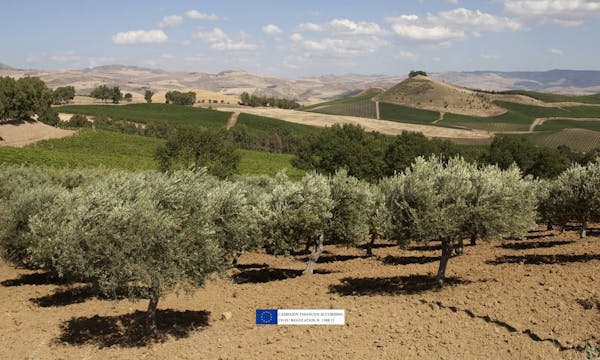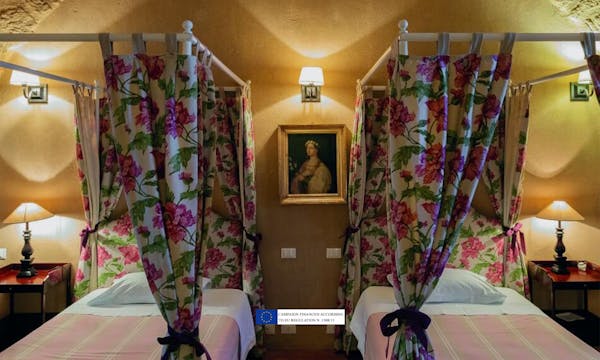From Montalcino to Brunello
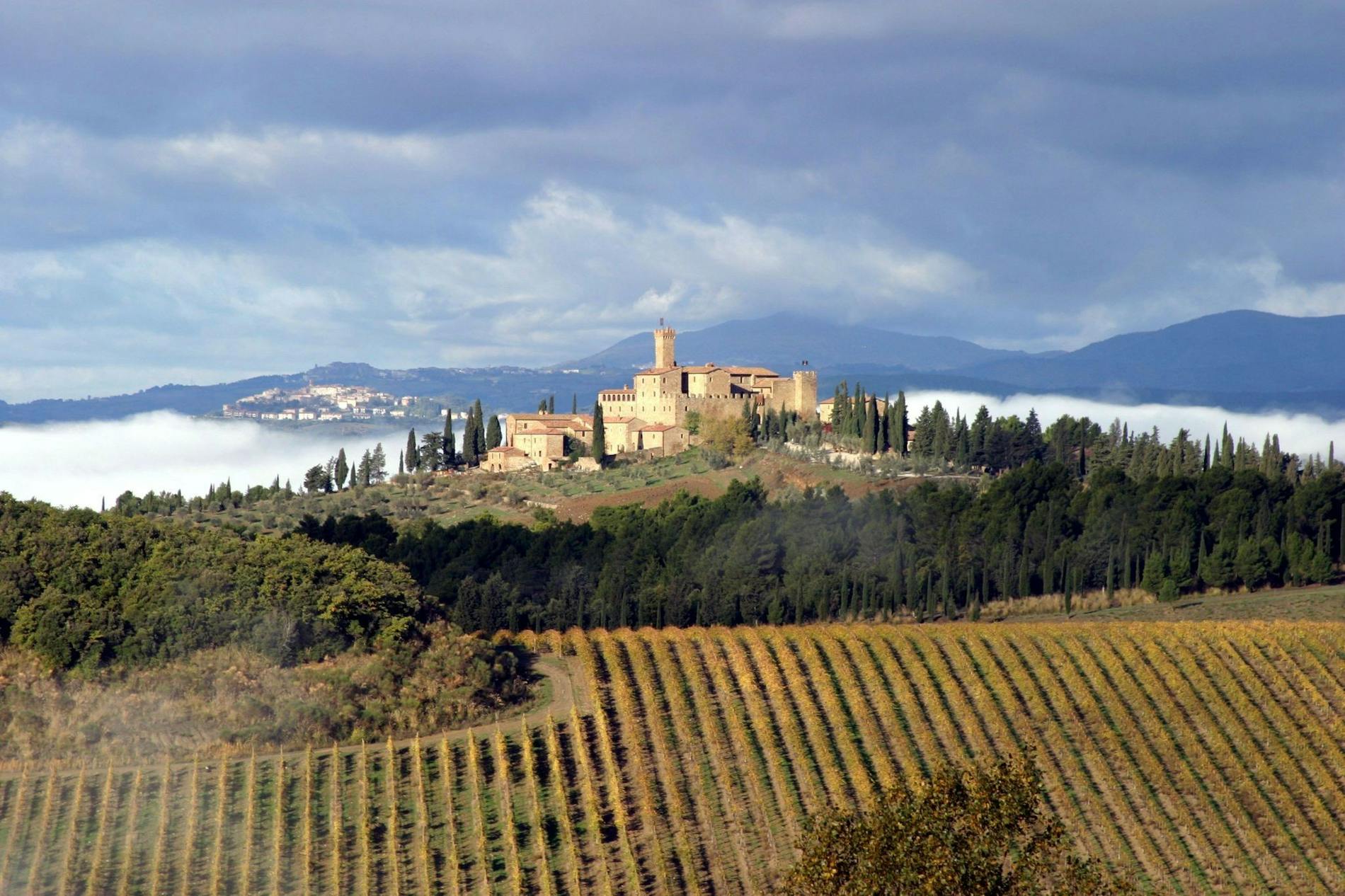
The farming history of Montalcino dates back to Medieval times (800-900 AD) roughly the same time of other Tuscan regions. For this reason, thanks to the great agricultural abilities and locations of these lands the Middle Ages flourished in these hills with all its splendor of villages, castles and abbeys. A great push for such development, came from the Via Francigena, the famous pilgrim route that since the time of the late Roman Empire witnessed a large traffic of Catholics from all over Europe to Rome. This primordial form of tourism greatly encouraged rural development villages such as Montalcino, which luckily found itself in the middle of this commercial artery. Montalcino preserved its rural essence for a long time, going through prosperous periods but also wars and famines.
Precisely this condition makes it today a world destination and one of the most envied agricultural models, especially in regards of the great balance between biodiversity and specialized vineyards. The darkest years were certainly post-war 1950-1970, when the village paid for its remote and poorly connected location, absence of investors which led to a lack of development policies.
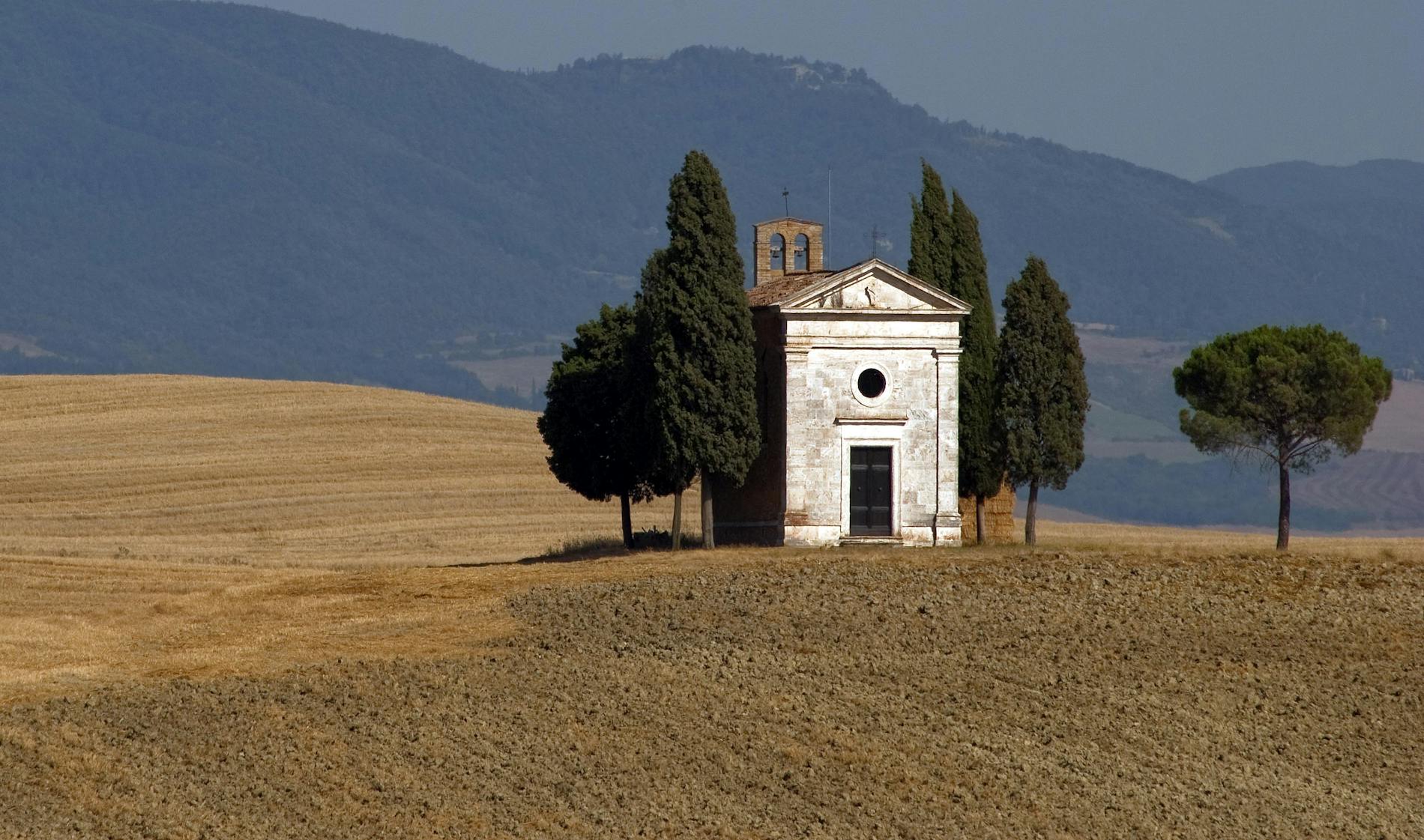
The A1 motorway was inaugurated in those years, which meant a huge displacement of the traffic which wasn’t passing through Montalcino anymore.
During these twenty years Montalcino lost a large part of its population that emigrated in search of fortune and chasing a dream of urbanization and economic development that did not seem to take root in Montalcino.
As for wine, until the mid-nineteenth century the most produced and appreciated wine in Montalcino was the Moscadello di Montalcino, a sweet and drinkable wine made with Moscato; the Moscadello remained the main wine production in Montalcino despite the courageous efforts of Clemente Santi to launch the “brunello project” (later carried out by his nephew Ferruccio Biondi Santi).
Brunello remained a wine produced in a few thousand bottles and by very few farms, a wine that struggled to establish itself nationally and internationally even more.
It was from this stationary situation that the economic boom of Montalcino began at the end of the 1970s, thanks to the arrival on the territory of a new protagonist, Banfi otherwise known as the Mariani brothers. This Italian-American family specializing in the marketing and distribution of wine and beverages in the United States, arrived in Montalcino led by their trusted winemaker Ezio Rivella, they were in search of land suitable for their new wine production project.
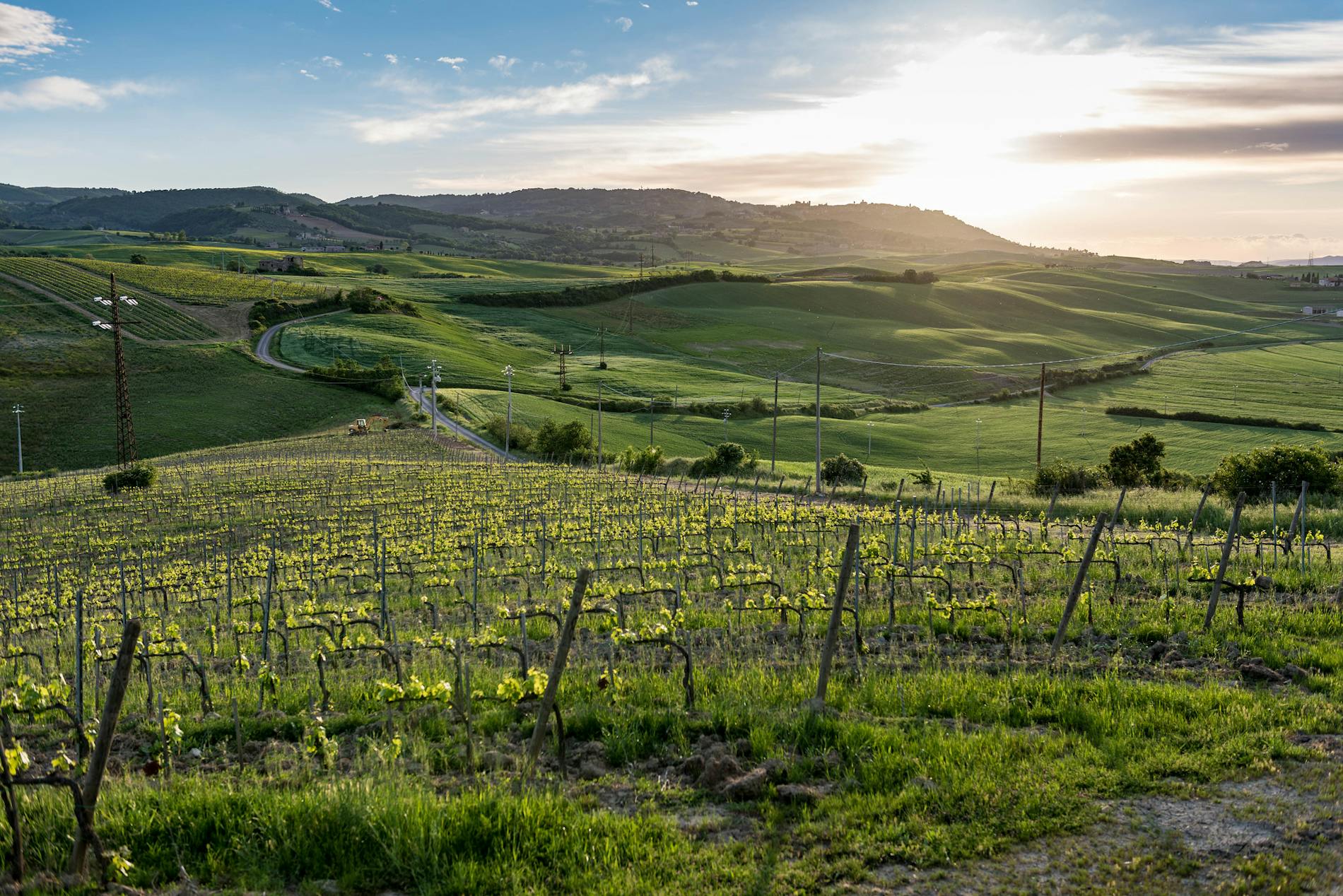
The Mariani family was thus able to purchase 2,830 hectares (one third of which are now planted with vineyards) of cheap arable land, settling in the area and investing heavily in the production of Moscadello and subsequently Brunello.
This great socio-economic improvement generated by the arrival of an international player, commercially well organized, allowed Brunello di Montalcino to become available around the world with greater conviction and professionalism, just what small local artisans lacked to positively close the cycle of a quality product.
From the 80s to today it has been a continuous crescendo from in all regards, both relating to the production and marketing of this wine, bringing the number of producers from a few dozen to about 250, attracting investors from all over the world who have been able to enrich the mosaic of Montalcino.
To give some numbers, today in Montalcino there are 3,500 hectares of vineyards, of which 2,100 of Brunello di Montalcino for an annual production that varies between 9 and 10 million bottles.
